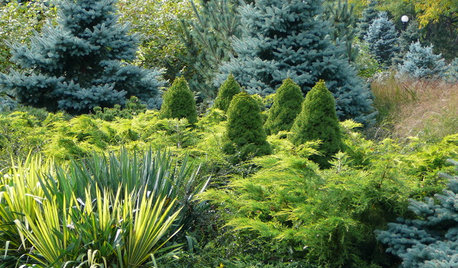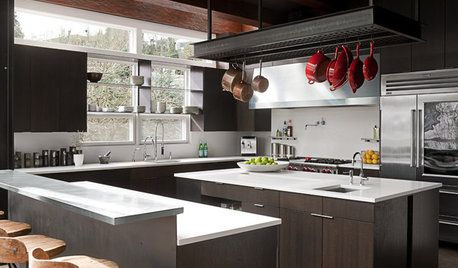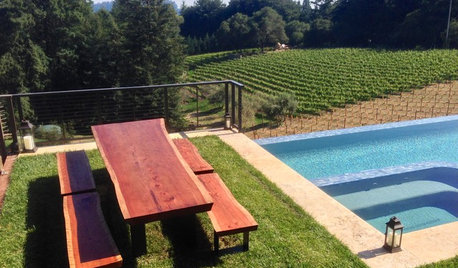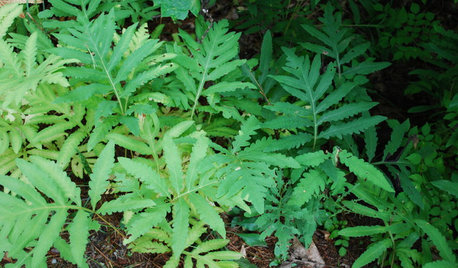What's the most root-bound conifer that you've rescued?
ssmdgardener
11 years ago
Related Stories

PLANTING IDEASStretch the Budget, Seasons and Style: Add Conifers to Your Containers
Small, low-maintenance conifers are a boon for mixed containers — and you can transplant them to your garden when they’ve outgrown the pot
Full Story
PLANTING IDEASDesigning With Conifers: Layers of Texture for Your Garden
Sharp and prickly or fine like ferns, richly textured conifers bring unexpected interest to the landscape
Full Story
KITCHEN DESIGNPlain-Sight Storage for the Kitchen Stuff You Use Most
Turn essential cookware, tools and even spices into design assets by displaying them out in the open
Full Story
GARDENING GUIDESThe Beauty of Bare-Root Plants
Plant dormant trees and shrubs in fall using the easy, affordable bare-root method and enjoy beautiful results in spring
Full Story
TRADITIONAL ARCHITECTURERoots of Style: Pueblo Revival Architecture Welcomes Modern Life
Centuries-old details of adobe construction still appeal in the desert Southwest, adapted to today's tastes
Full Story
ARTThe Beauty of Bonsai — Living Art, Rooted in Harmony
Create your own emblem of nature's balance with an art form dating back 1,000 years
Full Story
SMALL HOMES16 Smart Ideas for Small Homes From People Who’ve Been There
Got less than 1,000 square feet to work with? These design-savvy homeowners have ideas for you
Full Story
GARDENING GUIDESHave Acidic Soil in Your Yard? Learn to Love Gardening Anyway
Look to acid-loving plants, like conifers and rhododendrons, to help your low-pH garden thrive
Full Story
WORKING WITH PROSHow to Commission Custom Wood Furnishings
Can't find just the right table, shelf, desk or what have you? It's woodworkers to the rescue
Full Story
GARDENING GUIDESGreat Design Plant: Sensitive Fern Shows Its Strengths
Wondering what will thrive in your wet, shady garden? It’s Onoclea sensibilis to the rescue
Full Story








severnside
Embothrium
Related Professionals
Seabrook Landscape Architects & Landscape Designers · Fairview Landscape Contractors · Franklin Landscape Contractors · Fruit Heights Landscape Contractors · Garland Landscape Contractors · Gurnee Landscape Contractors · Little Ferry Landscape Contractors · Palm Beach Gardens Landscape Contractors · Raleigh Landscape Contractors · Reedley Landscape Contractors · Saint Paul Landscape Contractors · Sugar Hill Landscape Contractors · West Chicago Landscape Contractors · West Orange Landscape Contractors · Merrifield Landscape Contractorsfloramakros
severnside
ssmdgardenerOriginal Author
floramakros
wisconsitom
Embothrium
fairfield8619
floramakros
floramakros
bengz6westmd
wisconsitom
Embothrium
ken_adrian Adrian MI cold Z5
ken_adrian Adrian MI cold Z5
Embothrium
botann
dcsteg
joeschmoe80
wisconsitom
botann
wisconsitom
brownthumbs789